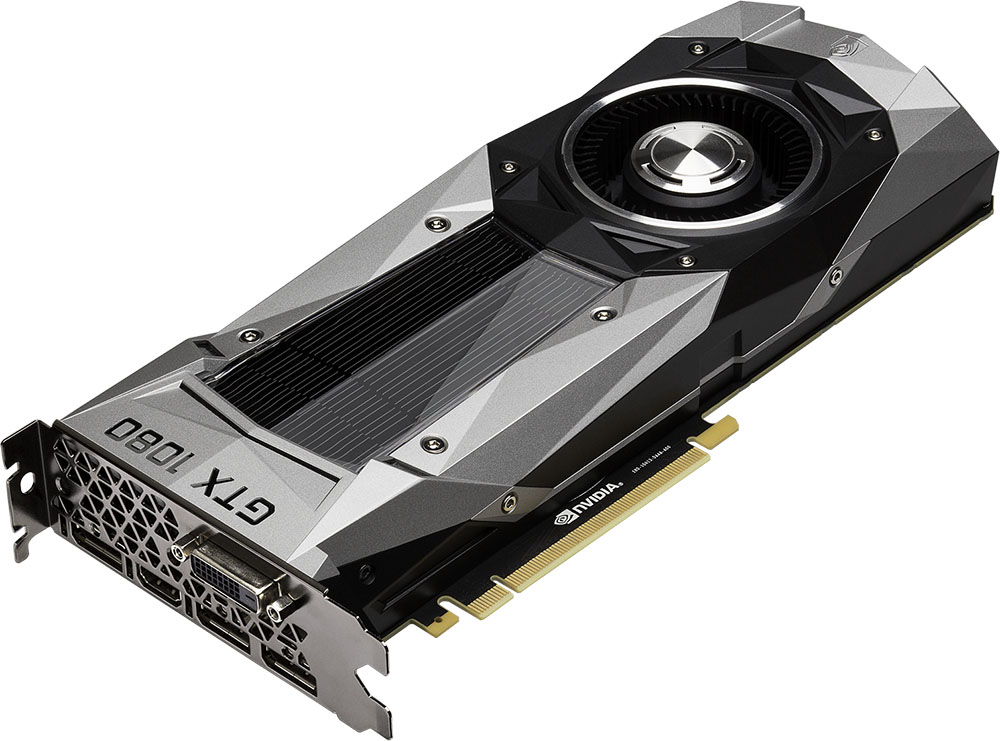Graphics card is a GTX 1080, program I'm using to OC is MSI Afterburner, and benchmarking software is Heaven.
So with just factory settings I was getting 201.2 FPS and a score of 5069 in the benchmark. I then upped the core voltage and power limit to max and started getting 208.9 FPS with a 5262 score. Then at any extra max core clock speed of anywhere from 50-155mhz I saw a drop in performance instead of a gain. Same with memory clock.
So the question is what the heck is going on here? In my mind, increasing the cap seems like it could only make the performance go up and not down at least for minor tweaks, but it only seems to get worse. Not sure what to do.
So with just factory settings I was getting 201.2 FPS and a score of 5069 in the benchmark. I then upped the core voltage and power limit to max and started getting 208.9 FPS with a 5262 score. Then at any extra max core clock speed of anywhere from 50-155mhz I saw a drop in performance instead of a gain. Same with memory clock.
So the question is what the heck is going on here? In my mind, increasing the cap seems like it could only make the performance go up and not down at least for minor tweaks, but it only seems to get worse. Not sure what to do.




